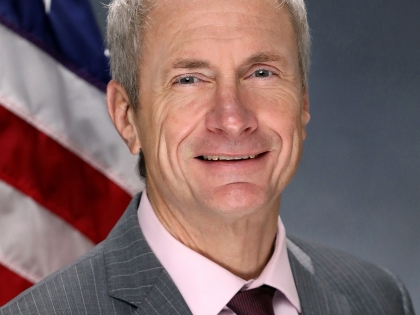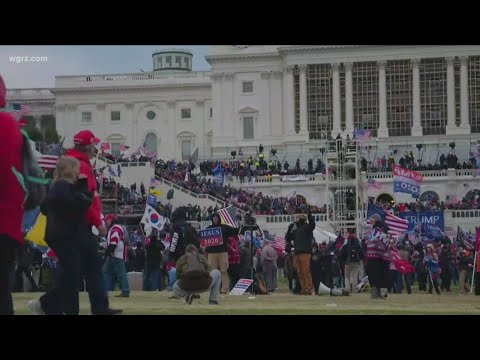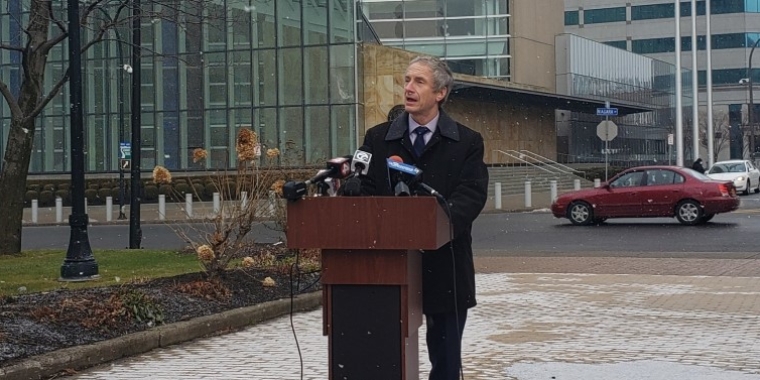After a political outcry over Metro Bus staffing and elimination of some express routes, the Niagara Frontier Transportation Authority has agreed to a new contract with its drivers and mechanics featuring a 15.25% raise over three years.
Jeff Richardson, president of Amalgamated Transit Union 1342, said negotiators left the bargaining table last week with a tentative agreement that must yet be ratified by the authority's board of commissioners. He said the NFTA agreed to address a new contract well before the expiration of its current pact on July 31, and that the union feels good about the results.
"It wasn't paying enough, and all those years of zeros [with no contract] put us behind the 8-ball," he said. "I believe they listened and the negotiations went well. We didn't back down, and they came through."
Richardson also credited local politicians for calling attention to the relative low pay of NFTA workers, especially after the authority cited the inability to attract workers as the reason for suspending several express routes. On Feb. 13, the NFTA ended express bus service on eight routes and decreased evening and weekend service. At the time, Executive Director Kimberley A. Minkel called the driver shortage a nationwide problem, while the local authority contended with a labor shortage and high absenteeism because of Covid-19.
But State Sen. Sean M. Ryan, D-Buffalo, called out the NFTA, contending the labor shortage stemmed from its uncompetitive wages compared to other upstate transit agencies and private companies.
"They could pay their drivers a competitive wage," he said during a March 11 news conference. "That's how you get bus drivers."
Ryan said Friday the new contract goes a long way toward restoring local transit jobs as a "ticket to the middle class."
"Finally, they recognized the value of their workers," he added. "It's a shame it took a pandemic for them to do it."
Ryan said a Cornell ILR Buffalo Co-Lab study he and others requested noted that when adjusted for inflation, NFTA drivers at the top rate earn less than 20 years ago. He believes the study helped shine light on a situation that was also contributing to a labor shortage.
To read the full story, click here.



